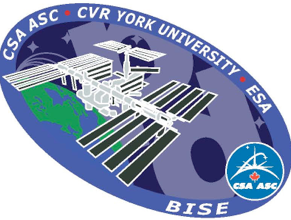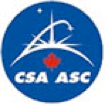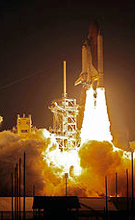 |
 |
 |
 |
- WELCOME
- ISS EXPERIMENTS
- ISS DATA COLLECTION
- UNDERWATER EXPERIMENTS
- MICROGRAVITY EXPERIMENTS
- GROUND EXPERIMENTS
- THE SCIENCE
- CONTACTS
STS-119 and the Space Shuttle Discovery launch from Florida on March 15, 2009. The flight is delivering a copy of the BISE experimental software to the International Space Station where it will be loaded onto hardware currently on station in order to conduct the BISE experiments.In outer space how do you know which way is up? The BISE (Bodies in the Space Environment) explored the effect of long term weightlessness on our perception of up. A group of eight astronauts were studied before, during and after long duration exposure to weightlessness.Humans judge the direction of up by combining a number of different cues including information from gravity, the body and vision. Normally these directions are all congruent but in unusual environments, and in microgravity in particular, these cues may disagree or be some cues may be absent altogether. Ground-based experiments were used to develop a model of how these cues are integrated together under normal gravity conditions. Underwater experiments investigated how these cues are integrated when the body is neutrally buoyant, and microgravity aircraft experiments investigated how these cues are integrated during short duration microgravity exposure. Previous work found that observers tend to rely more on body orientation cues than they do on visual cues during short duration microgravity exposure. Is a similar effect found for long duration spaceflight? These pages chronicle the BISE project as we studied our six astronauts over the period March 2009 - December 2010.

